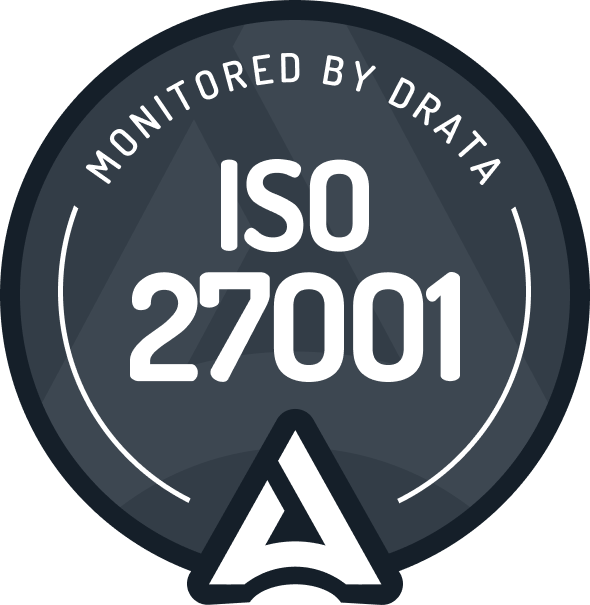Post-Payroll System Launch Essentials: Ensuring Ongoing Compliance and Efficiency

Implementing a new time and attendance or payroll system can be a challenging process, but the most crucial phase is what you do after the implementation. The initial setup is just the starting point; the real success of your system depends on how well you maintain, review, and optimise it over time. Ensuring your system runs efficiently and remains compliant with evolving regulations is essential for sustaining accuracy in payroll and attendance management.
This guide outlines the key steps you should take post-implementation to fully leverage your new system and achieve long-term success. By following these steps, you can ensure that your system not only meets its initial objectives but continues to serve your organisation effectively for years to come.
5 areas to think about:
- Review your pay rules regularly
Ensure your systems are configured to consistently reflect your defensible award interpretation. While alignment is typically achieved post-implementation, ongoing changes such as new personnel, updated legislation, and evolving systems can impact this alignment. Regularly reviewing and updating your pay rules helps safeguard against discrepancies, ensuring that your organisation remains compliant and your employees are compensated accurately.
- Revisit payroll data collection
Incomplete or inaccurate data significantly risks your ability to prove to Fair Work you have paid your people correctly. Continuously revisiting and ensuring the collection of all relevant payroll data is essential for compliance. Establish a routine for auditing your payroll data to catch any gaps early, and consider implementing checks to ensure that your data collection processes evolve alongside your system updates and legislative changes. More information on Fair Work record-keeping requirements can be found here.
- Ongoing training for your team
Implementing new software is only the first step; thorough training is essential for long-term effectiveness. Develop comprehensive training modules and ensure all team members, including those outside the payroll team, complete them. Regular updates and refresher courses should align with software updates to maintain proficiency with the latest features and best practices, ensuring compliance. By investing in continuous learning, your team will be better equipped to handle system changes, reducing the risk of errors and increasing overall efficiency.
- Identify who owns the system from the start
People come in and out of the business regularly. Make sure someone always ‘owns’ the system and takes the lead when changes may be needed. Consistent internal oversight and periodic reviews help identify improvement areas and prevent configuration or data mapping errors that could lead to future non-compliance. Having a designated system owner ensures accountability and streamlines decision-making processes, allowing your organisation to adapt swiftly to any necessary changes or updates.
- Automate where possible
Automation boosts team efficiency and mitigates the high risk of non-compliance due to manual errors. Identify repetitive tasks for automation, such as data entry, error detection, and reporting, to streamline the pay-run. Manual work often leads to errors, making automation crucial in today's market. Implementing automation not only reduces the burden on your team but also provides a reliable way to maintain accuracy and compliance in your payroll processes, especially as your organisation grows and the complexity of your payroll needs increases.
Why is this all important?
In conclusion, the post-implementation phase is critical for realising the full potential of your new time and attendance or payroll system. Regular reviews, ongoing training, and strategic automation are key to ensuring your system remains compliant and operates efficiently. By assigning clear ownership of the system and revisiting data collection processes, you can prevent errors and maintain a high standard of payroll accuracy.
By following the best practices outlined in this guide, you can maximise the value of your system, reduce the risk of non-compliance, and ensure your payroll operations are both efficient and reliable. Long-term success is achieved through continuous improvement, proactive management, and a commitment to staying ahead of industry changes.




.png)


.png)













.webp)

.webp)